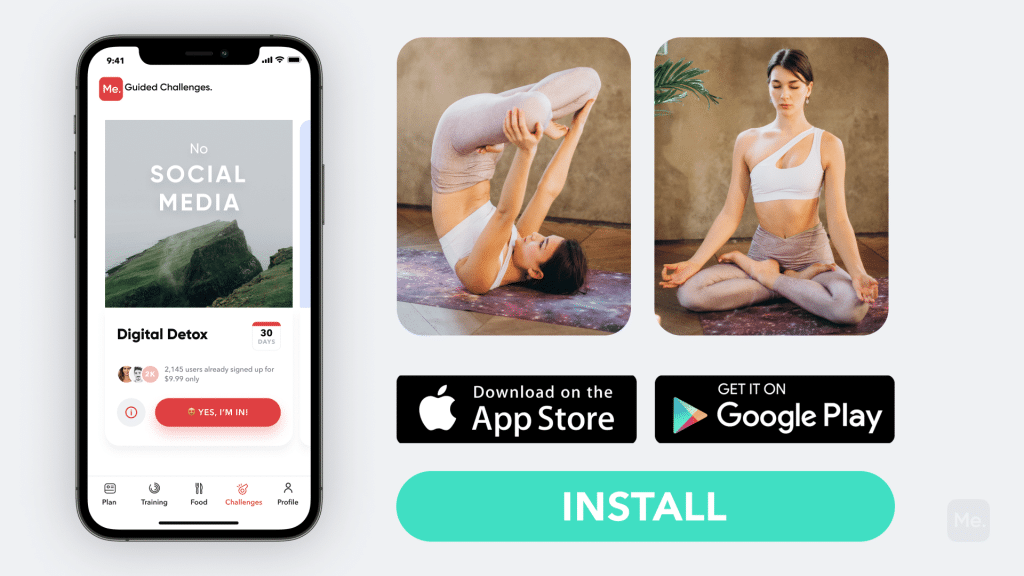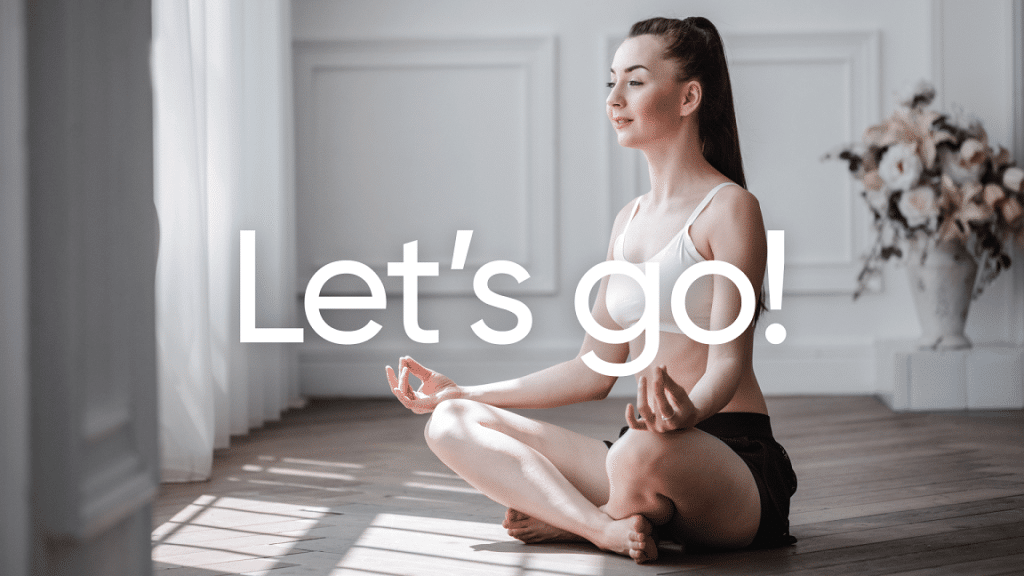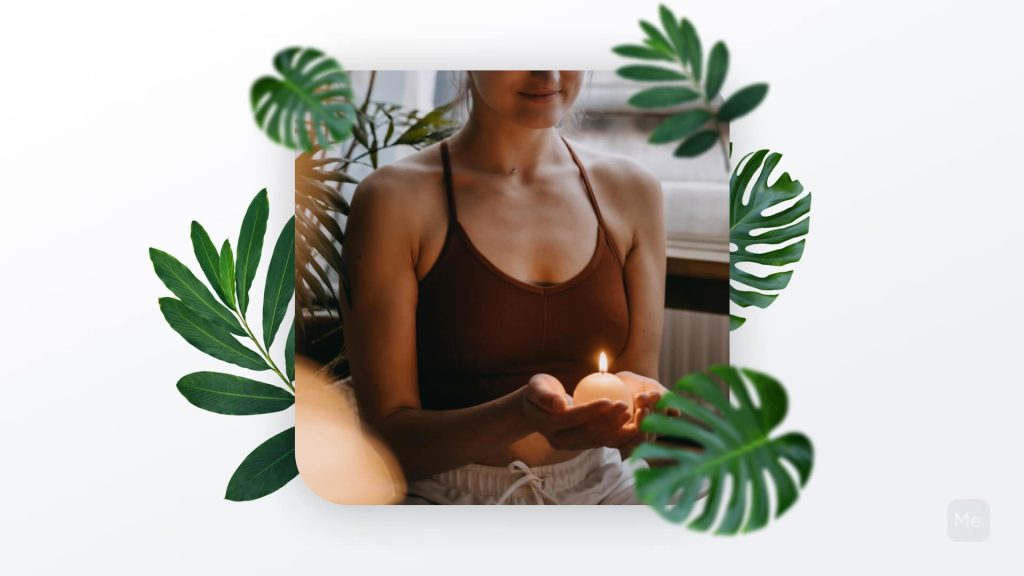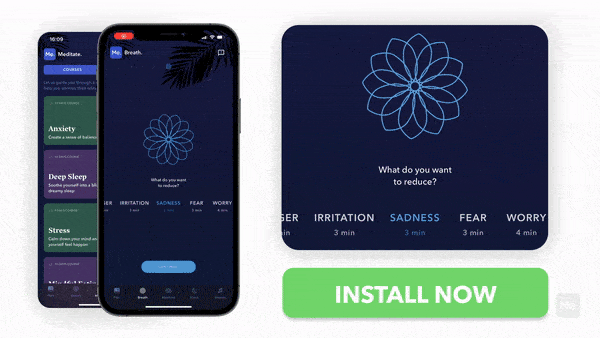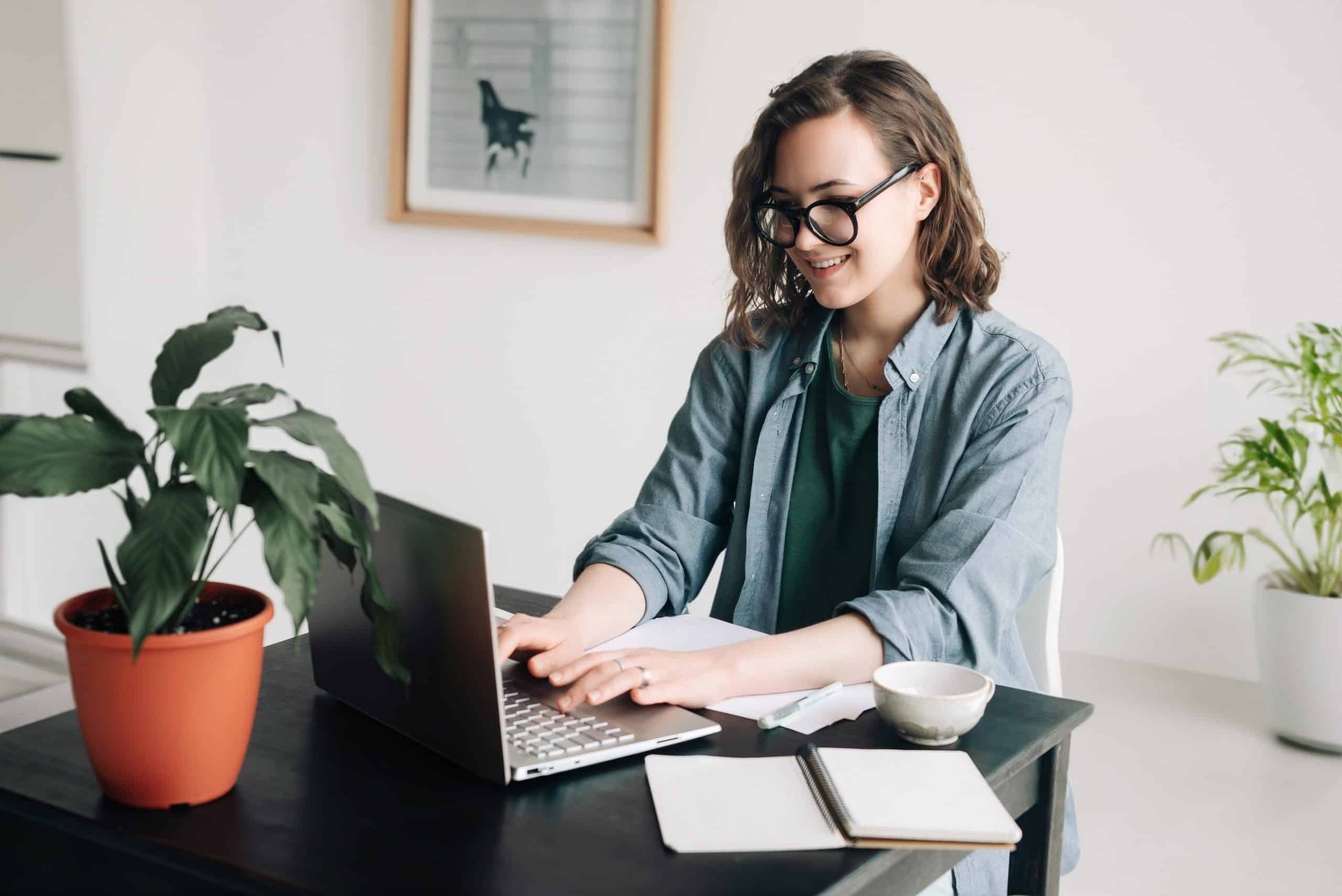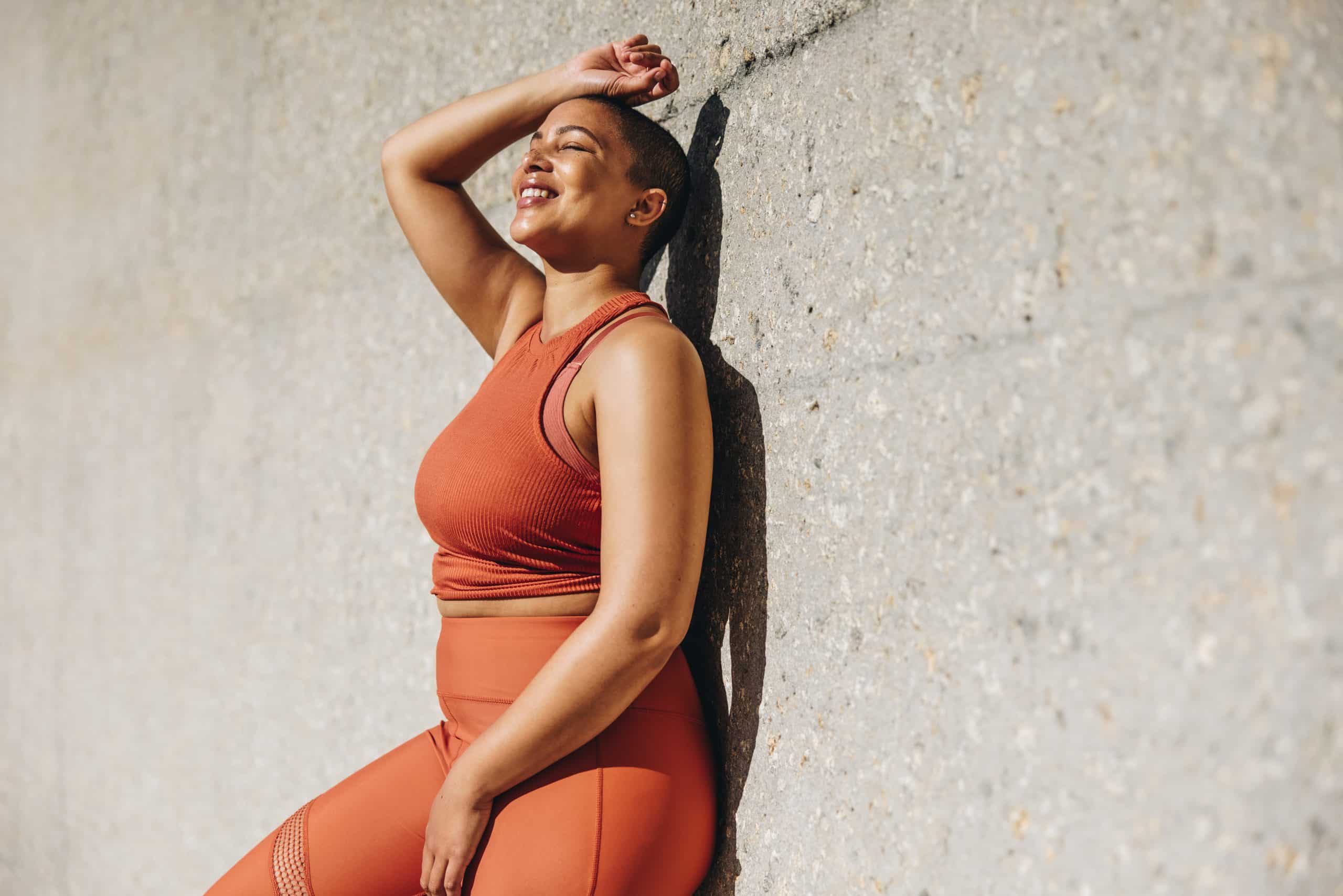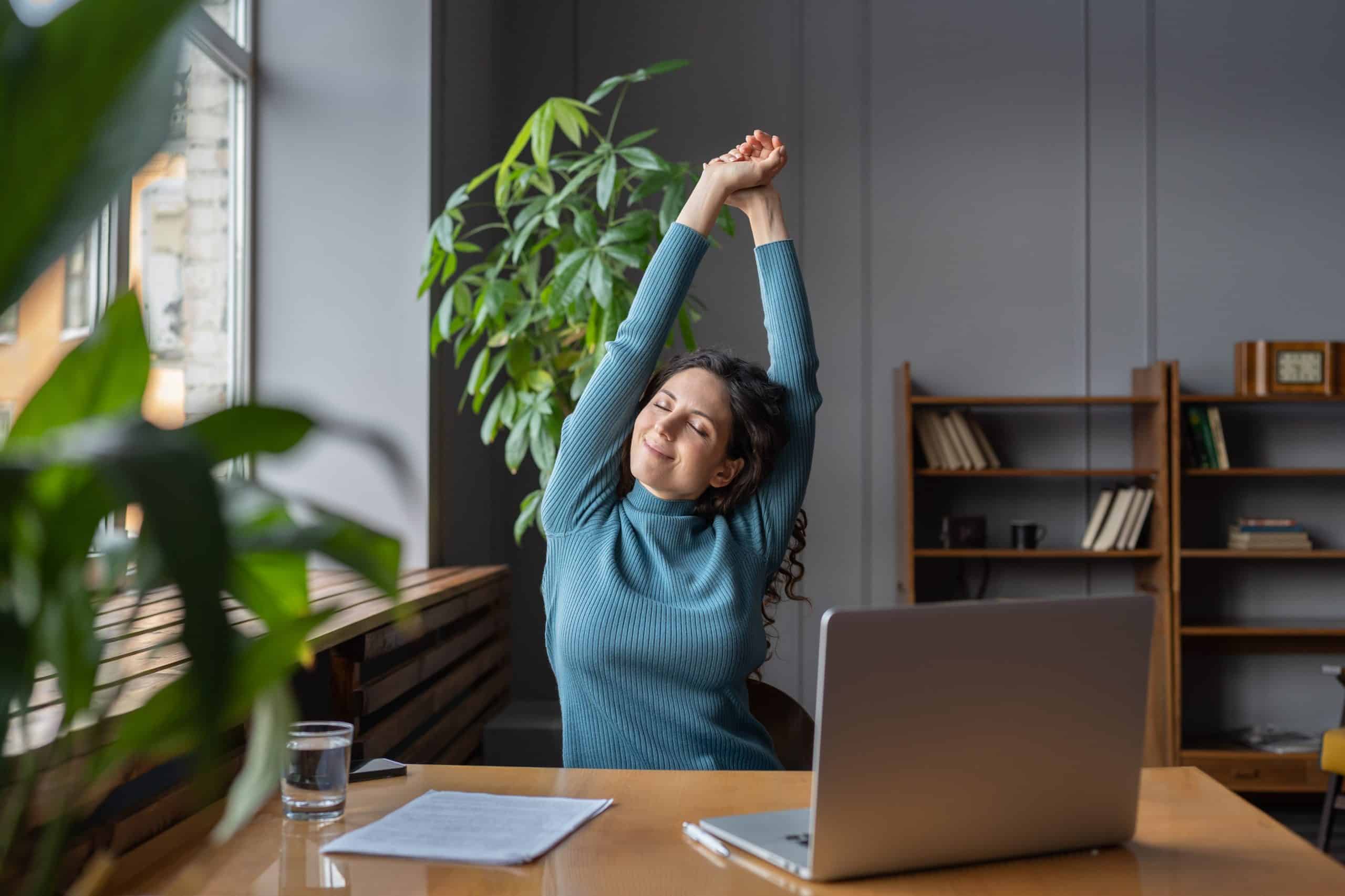Basic Meditation
Meditation may look like a simple practice, but anyone who wants to benefit from this practice should understand the nitty-gritty of the engagement involved for a worthwhile experience. Although it is an age-long practice, overtime different adjustments have been made for society changes so that practitioners might receive the enjoyment that comes from the full benefits that this exercise grants. For those who are just starting out, understanding basic meditation principles is very important. Let’s look at what exactly meditation means? How can an individual truly engage in it and enjoy the health and physical benefits? What are the basic meditation techniques that a beginner can follow? These and many more are covered in the following paragraphs.
Meditation has been described and viewed by many practitioners as a pathway towards growing and calming the mind. The human mind, just like the physical body, responds well to grooming. This is not a questionable process. The reason for this is that most times the mind dictates how the body reacts to situations, which is why it is easy to conclude that as an individual achieves a healthy mind, the body follows suit, resulting in such a person becoming physically and mentally sound (18).
What Is Basic Meditation?
One of the surest ways of relieving stress for people from all walks of life is meditation. One interesting thing about it is that it has been in practice for a long time and so people have looked at and developed different forms which would get the best results. Meditation can be part of one’s daily routine as it helps to build resilience to stress. Anyone under a stressed situation can use it as a quick fix to get some relief. Also, anyone suddenly finding themself in emotional stress can use the practice of meditation to get themselves back on track.
Meditation is an interesting practice once a person knows how to do it. For beginners it may be a little challenging to start with, no doubt but with practice, dedication and commitment, one can become better at it. So what is meditation? In simple terms, meditation is about training one’s mind to gain awareness and a healthy sense of perspective. It is not about trying to turn off one’s thoughts or feelings but rather about observing things as they happen without being judgemental. Meditation can also be defined as a mental activity that involves relaxation, focus and awareness.
In the process of meditating, both the body and mind become calmer, and thereby allows emotional and physical stress to dissipate. With this, a person becomes refreshed and energized to face whatever challenges they may encounter in the course of carrying out the activities for the day with a healthy attitude. As a person continues to practise meditation they become better at it and the benefits they get from it should increase.
Read More: Meditation For Insomnia: Best Techniques To Ensure A Good Night’s Sleep
What Are The Basic Techniques For Meditation?
Meditation is an agelong practice in the tradition of Buddhism. In fact, to Buddhists, practising meditation has been seen as a form of sport. It has been said that meditation is to Buddhism what sports are to the orthodox. Meditation goes beyond merely finding a quiet space to think; it involves a series of events. It even flows into several activities that an individual may be engaged in at different times (18, 10). Some of the techniques that can help a beginner when learning basic meditation include the following (8):
Ask Yourself Basic Questions
It is not enough for you to have a desire to engage in basic meditation, continuity is very important because that is what will help you to enjoy the benefits in the long run. so to start with, a few questions are needed to be answered honestly and include the following:
- What time of the day are you most likely to be free to meditate?
- Is there a place that you can practice your meditation without being interrupted?
- How long are you most likely going to give to the new habit of meditation?
- How will you keep to the schedule you have come up with and what tools will you need to keep with the pace?
Practice And Observe Your Breathing Process
Preferably, you should inhale through your nose and exhale through the mouth. Take in about five deep breaths and close your eyes.
Observe Your Body And Settle Into It
This step helps you to understand better what is going on in your inner body. Observe how you are seated and feel the point of contact between the body and the chair and how your feet feel touching the floor. Feel the sensations of your palms resting on your laps, and examine them with some of your sense organs. You may even smell what is in the atmosphere and observe the rush of the wind and the gentle flow of air around you. You can imagine the taste of what you smell and feel the warmth of the rising or setting sun.
Understand The Purpose Of The Meditation
It is not just about meditating but having a focus or purpose for which you are engaging in the activity. What do you hope to achieve in this practice? What are your expectations and desires for the day? After you must have asked these questions, ensure that you don’t hold on to them. The reason for this is that prolonged thinking and holding on to these thoughts may distract you from the meditative process.
Return To Observing Your Respiration And How You Are Breathing In And Out
Try and observe the spiraling effect of the breathing exercise on the body. Observe the rise and fall of the chest, shoulder, belly or anywhere for that matter. Also, take note of how long and how deep your breaths are. Are they short, slow, or rapid? While you are doing this, if you notice that your mind is becoming preoccupied with other thoughts, just lead it back to the process and focus on your breathing cycles.
If you’ve dipped your toes in meditation before but couldn’t sit through a session because of all the thoughts buzzing in your head, impulses snatching away control or all the overwhelming feelings that start bubbling up the minute you sink into the silence, it’s only because you didn’t have the right guidance. Start using BetterMe: Meditation & Sleep app and watch your life transform!
Basic Meditation Types
Different types and forms of meditation have been identified so far. A quick look into a few of these includes the following (1, 2):
Mindfulness Meditation
Mindfulness meditation is a mental training practice, with it comes an easier way for a person to manage the thoughts that flow in and out of their mind. When engaged in this activity, it becomes easier to achieve a calm mind and body while at the same time doing away with negativity. Mindfulness meditation is about being conscious of the present and shutting the doors of the mind against events of the past, whether positive or negative, as well as those things that are about to happen. Through it, a person is able to take charge of their present moment.
As a beginner, it is important to note that mindfulness meditation can be practised at any time and anywhere, irrespective of what a person is doing at that time as long as the activity does not take hold of them. When the practice has been mastered, it is easier to incorporate it into one’s daily activities.
Based on a study conducted on the correlation between the total time spent in meditation practice and the outcomes from interventions based on the use of immeasurables in meditations, it was discovered that three to four meditation sessions every week can make a significant difference in a person’s life (5). Also, having this regular practice for eight weeks is needed to become capable of altering one’s brain. This proves the fact that mindfulness meditation can impact the physical and mental health of an individual. Some of the ways through which basic mindfulness meditation practice can be carried out are discussed below:
a. Body Scan
The body scan is a mindfulness exercise that helps the practitioner to be aware of the sensations going on in their body from the feet to the crown of their head. This exercise is very popular, and it is one of the easiest answers to the question on how to learn basic meditation for beginners.
How to do it
- Lay on your back with feet slightly parted and palms facing upward.
- You may also perform this mindfulness meditation while sitting comfortably in a chair with your feet on the floor.
- Then, remain still until you feel the need to change the position of the body.
- Begin to observe your breath and the activity involved. Notice how long, short, fast, or slow you are breathing in and out.
- You should try as much as possible not to alter the flow; just observe and let the process control itself.
- Observe your body. Feel its sensation contacting your clothes and the floor you are laying on or the chair you are sitting on.
- Observe the environment with your sense of touch, feeling, hearing, smelling and taste.
- Also, observe the part of the body where you feel tension, soreness, lightness, or heaviness. Try to notice and become aware of the parts of the body where you feel pain, in case you are through one.
b. Mindful Seeing
This type of mindfulness exercise is advisable for people who have a difficult time creating healthy imaginations. If you are one of these kinds of people, then you will be needing only a window that allows you to view what is happening in front of and around you.
How to do
- Find a window of your house that affords you the opportunity of seeing what is happening outside.
- Observe and notice the things in front of you.
- You should avoid trying to pay attention or trying to give a proper name to what you see. Instead, you should pay attention to what makes up the things you are seeing.
- You may decide to focus on the shape, color, texture, pattern and size. For example, if you see a boy playing outside, you may observe the color of his shirt, hair, shoes and the patterns on his toys. Imagine if the material is made from silk or cotton. This will definitely improve your visualization experience.
You can also observe the ground in front of you by the window, the color of the grass or the floating of dried leaves in the air. Observe and be aware of every little detail without necessarily trying to interpret them. Try as much as possible not to identify the things you see as a whole. Recognize these things from what they are made up of, but without yielding to the temptation of judging them.
While you’re in this exercise, it is very possible that this serene and mindful awareness of the world around you may be interrupted by a distraction. Whenever this happens just try to bring your mind back to the scenery in front of you.
Read More: Mindfulness Tips: Practical Ways To Improve Your Awareness And Bring Balance To Daily Life
c. The Raisin Exercise
This is one type of mindfulness exercise that can be tried out by people who are just giving meditation a test trial to see if it helps to improve one’s awareness and consciousness. This deals with the use of any kind of food that you enjoy eating. To start the process, first of all, choose any type of food that you like but make sure that it has a taste, smell and texture that you find very unique and interesting.
How to do it
- Observe your favourite food and how it looks.
- Notice the way it feels by holding it in your hand.
- Observe how your skin reacts when in contact with this food, that is, try and feel the sensational effects of the food on your skin.
- Try to observe the food and how it smells.
- Then, since it is your favourite food, you should not have any problem bringing it to your mouth and observing how it really tastes.
This practice of observing the intricacies of your favourite food will draw your mind to what is happening in the present. It makes you aware of the moment. You are going to be less bothered and will pay little attention to the worrisome aspects of your life. However, while engaged in this process don’t forget that if your mind drifts away, simply bring it back and continue the process.
Breathing Meditation
Breathing meditation is another type of meditation whose technique will be beneficial to those individuals who want to know the basic principles of meditation. During the breathing meditation, an individual spends some time to focus on and observe the process of respiration. While the process is being carried out, attention is only given to the present. An interesting thing about this kind of medication is that any person who was feeling stressed at the start can become calmer and feel some form of ease as they breathe deeply. In addition, taking deep breaths also helps to reduce the feelings of anxiety.
This simple breathing technique is the 4-7-8 technique. It involves five easy steps which are the following:
- Release every air in your lungs.
- Inhale through the nose for some four seconds
- Hold your breath for about seven seconds
- For the next eight seconds, breathe out and through your mouth while pursing your lips.
- Repeat the process for about four times. This breathing practice helps you improve your concentration and state of mind.
Focused Meditation
Another meditation technique which is advisable to be followed by beginners who seek to understand the principles of meditation is focused meditation. This type of meditation allows an individual to choose anything that interests and intrigues their senses. The practitioners may concentrate on looking at a certain object. Preferably, the item they focus on should not be in motion as this may distract their focus.
Focused meditation involves an individual feeling very engrossed in a particular object of interest. In feeling engrossed, they will become oblivious to other things happening around them. More than this, they will not be able to think about or see any other thing. When practising this exercise, the sense organs and imagination will be beneficial as they improve one’s ability to concentrate. At the same time, it should improve one’s awareness and attentiveness.
Mantra Meditation
This is another but peculiar type in that it involves the consistent repetition of single words or phrases, which are known as mantras. They help an individual to concentrate and gain clarity. The practitioner is at liberty to choose any word that has personal meaning to them. A person could say these words or phrases aloud or in a whisper under their breath. Buddhism is one of the most popular traditional religions which make use of mantras. Mantras are often associated as a symbol of connection to a supreme being or force. Some common types of mantras are the ahama Prema and the ohm., which translate into divine love.
Guided Meditation
This form of meditation is made up of several different techniques. It is usually involved with the aid of imagery and visualization. Those who may find it difficult to take part in certain types of meditation techniques should benefit from this type of meditation. As the name suggests, the practitioner will have to get assistance when practising it. In the process, a narrator or teacher explains the dynamics of the mind and how it affects the result they desire. Also, the practitioners learn how they can apply the lessons from what they learn in practice to daily activities.
A practitioner can participate in a comfortably guided meditation in a quiet place and visualize themselves anywhere, doing what they love to do most. It could be anything but such imagination must not be capable of distracting them from the meditation process.
Walking Meditation
This type of meditation is said to originate from Zen Buddhism. It is also commonly referred to as kinhin. This form of meditation can take place in a room. The meditator just needs to pace up and down and around the room with one hand rolled into a fist behind them and the second hand wrapped around this fist. Usually, every step during the working meditation is taken after deep breathing in and out. During the walking meditation, the practitioner observes everything around and about them in silence. This meditation type is beneficial in that it can help bring succour to the mind, body and soul.
Benefits Of Basic Meditation
There are lots of health benefits that a person can derive from meditation. Apart from the fact that it can relieve stress, it can also help a person to maintain a healthy lifestyle. Different research studies have been carried out on meditation practices with interesting results. It is worth noting that meditation is considered generally to be safe for healthy people but that being said any person with physical health conditions may wish to consult with their healthcare providers before they decide to start the practice.
According to research conducted on the process and effects of meditation, it was found out that meditation can reduce the stress that has accumulated in a person’s body and also increase energy. At the same time, health is positively affected (12). Specifically, different health benefits that are associated with the practice of meditation include: decreased depression and anxiety reduction in stress and pain, both psychologically and physically, increased efficiency, and improved memory.
Psychologically, some of the benefits involved in meditation practice include decreased metabolism, carbon dioxide elimination; reduced blood pressure, epinephrine, cortisol and lactate. Meditation is also said to be able to increase regional cerebral blood flow in the anterior and frontal cingulate regions of the brain. Sympathetic overstimulation can be reduced through meditation as well as cholesterol.
Overcoming Addiction
It has been observed from research conducted on how meditation and yoga can modulate brain mechanisms that affect behavior and anxiety, that consistent meditation can change the receptors of the brain which is connected to abuse of drugs and alcohol and eventual addiction to the substances (11). Performing meditation may help an individual to become aware of their cravings and this will help them detect or work towards managing them. Mindfulness meditation has been shown from research to help people avoid going back into certain unhealthy addiction to substances (16). The meditative process helps one control how the brain interprets the experiences of pleasure.
Stress Reduction
Research conducted on the effects of mindfulness meditation on serum cortisol of medical students revealed that the cortisol, which is a stress hormone, was usually reduced when they participated in mindfulness meditation (7). A review and analysis of over 200 studies into the effect of mindfulness meditation in healthy people discovered that meditation is great at helping to decrease stress (15). Performing mantras meditation is also known to have a long-lasting calming effect on participants (4).
Research into how psychological distress can be reduced among teachers and support staff using transcendental meditation was carried out (8). The level of stress was evaluated before and after the meditation using factors such as burnout depression and stress. A reduction in stress levels was observed with a consistent practice of transcendental meditation of four months.
Anxiety And Depression Management
During the practice of mindfulness meditation, a person tends to groom their mind into focusing on the present and doing away with the past and future. This technique makes an individual avoid engaging in stressful thoughts that may trigger depression. According to the analysis of research on meditation programs for psychological stress and well-being, it was found out that all these can be eased with the aid of mindfulness meditation (13). Further studies into how meditation can be beneficial to people suffering from anxious feelings have shown that calm mind and reduced depression were achieved through mindfulness-based stress reduction, which is a sort of therapy that includes components of mindfulness meditation (14).
Improves The Ability To Show Empathy Kindness And Love
There is a type of meditation known as loving-kindness meditation. This type helps to boost how compassionate and empathetic a person becomes to themself and people around them. It helps a person to be able to understand the emotions exhibited by people around them. It may make one become altruistic and prevent a person from engaging in dangerous stereotyping and prejudicial activities (6, 17).
If you wish to reach into the deep crevices of your mind, take yourself out of the mental loop, regain balance, infuse yourself with optimism, and cultivate compassion – BetterMe: Meditation & Sleep app is exactly what you need!
Basic Meditation Process For Beginners
The process of meditation begins with sitting in a relaxed position and having the mind cleared from every form of disturbances through thoughts. Then, the mind focuses on a thing or thought while every other thing that may impede the flow is cleared off (3). The mind could concentrate on a sound, the way a person breathes, mantra or simply count. This means that there is no specific thing that the practitioner should focus on. What is essential is that the mind is engaged on one thing at a time, and every other thing is placed on hold. To enjoy the process of meditation, it is essential to get a quiet and private environment that is free from every disturbance and distraction, although some experienced meditators can practise meditation anywhere, a noisy place inclusive.
How To Do Basic Meditation
As a person who is just starting or learning how to meditate, it is important to take note of certain factors that one may experience in the process. Working with this will help one to achieve better results and improve the process of meditation (3). Therefore, anyone seeking to learn basic meditation should note the following:
Practice Consistently
It is worth noting that how long your practice is not as important as how much you practice. Meditating for a long time really, say once in a week, is good but making the time spent in meditation shorter and meditating often is better. This means that it can be wiser to meditate each day in a week for a few minutes than once in a week for a long time. When you meditate for a few minutes almost every day, your body is able to respond to stress better than if doing it once in a week which only takes your body into a deeper state of relaxation.
Be More Concerned About Regular Practice
When it comes to the perfect posture to maintain when meditating, it is important to note that there are no hard-and-fast rules. You can choose to sit or lean on the wall. You can choose to lie on the floor if you so desire. What is essential is to maintain a comfortable position that can facilitate easy meditation. Likewise, how long you should sit, lie, stand or maintain the position you have chosen depends on you.
Don’t Judge Yourself When Your Mind Wanders
As a beginner, it is very much possible to find focusing your mind on one thing at a time challenging. In fact, there are experienced meditators who also find themselves in the same challenge. So, when your mind gets trapped and it drifts away to something else, don’t judge yourself and neither should you feel bad. All you should do once you notice it is to redirect your thoughts to focus on your meditation process again.
Basic meditation has become one of the most sought-after methods for treating stress and anxiety. As a beginner, there are so many types to pick from. When learning the basic meditation for beginners, the practitioner may need to start with a guided meditation. With this, the individual can learn better from an instructor or someone who is more experienced in the process. At the same time, the beginner can understand better how to benefit from it and apply the lessons learned in daily activities.
DISCLAIMER:
This article is intended for general informational purposes only and does not address individual circumstances. It is not a substitute for professional advice or help and should not be relied on to make decisions of any kind. Any action you take upon the information presented in this article is strictly at your own risk and responsibility!
SOURCES:
- 22 Mindfulness Exercises, Techniques & Activities For Adults (Positivepsychology.com)
- 28 Best Meditation Techniques for Beginners to Learn (Positivepsychology.com)
- An Overview of Meditation (2020, verywellmind.com)
- A Personal Mantra Can Make You Happier (2017, uccs.edu)
- A Systematic Review of Associations between Amount of Meditation Practice and Outcomes in Interventions Using the Four Immeasurables Meditations (2017, ncbi.nlm.nih.gov)
- Combating implicit bias with meditation (2017, repository.upenn.edu)
- Effects of Mindfulness Meditation on Serum Cortisol of Medical Students (2013, pubmed.ncbi.nlm.nih.gov)
- Effect of Transcendental Meditation on Employee Stress, Depression, and Burnout: A Randomized Controlled Study (2014, ncbi.nlm.nih.gov)
- How to meditate in 10 easy steps (2011, Theguardian.com)
- MEDITATION 101: TECHNIQUES, BENEFITS, AND A BEGINNER’S HOW-TO ( Gaiam.com)
- Meditation and Yoga can Modulate Brain Mechanisms that affect Behavior and Anxiety-A Modern Scientific Perspective (2016, ncbi.nlm.nih.gov)
- Meditation: Process and effects (2015, ncbi.nlm.nih.gov)
- Meditation Programs for Psychological Stress and Well-being (2014, jamanetwork.com)
- Mindfulness-based stress reduction: a non-pharmacological approach for chronic illnesses (2011, ncbi.nlm.nih.gov)
- Mindfulness-based therapy: A comprehensive meta-analysis (2013, sciencedirect.com)
- Mindfulness meditation in the treatment of substance use disorders and preventing future relapse: neurocognitive mechanisms and clinical implications (2018, ncbi.nlm.nih)
- Promoting Altruism through meditation. An 8-week randomized controlled pilot study (2012, self-compassion.org)
- What Is Mindfulness? Definition + Benefits (2020, positivepsychology.com)




